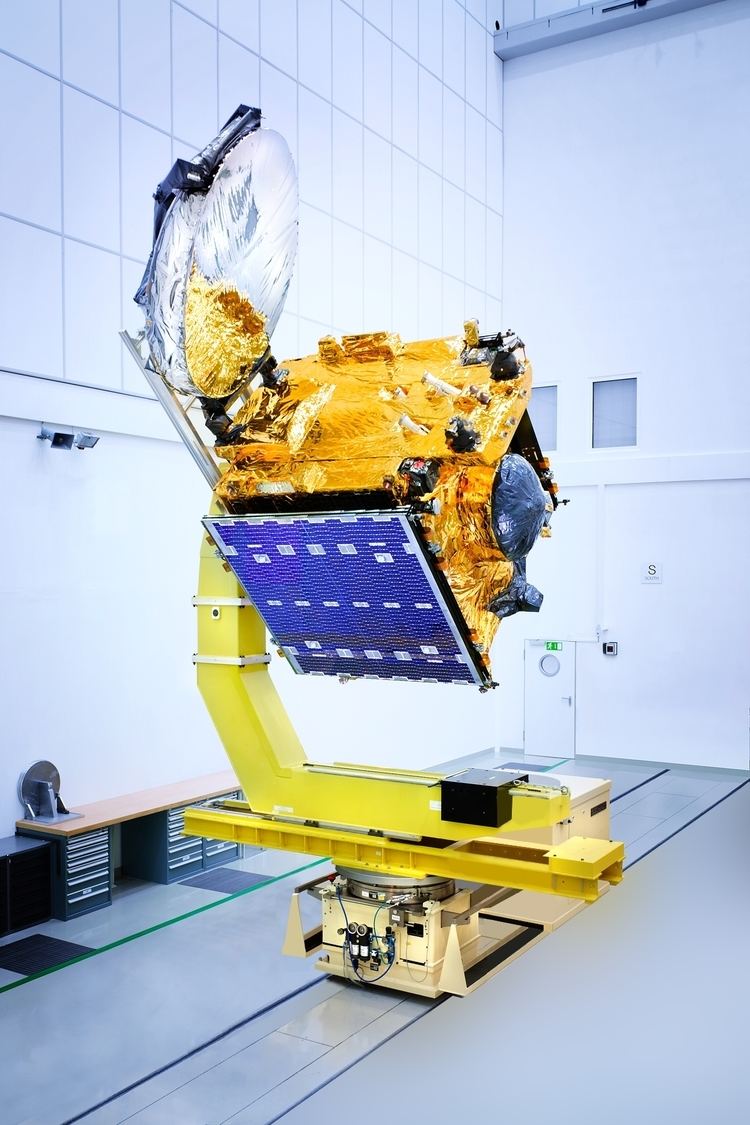Mission type Communications COSPAR ID 2003-059A Mission duration 12 years Inclination 0.07° Cost 130 million USD Launch site Baikonur Cosmodrome | Operator Spacecom SATCAT no. 28132 Launch date 27 December 2003 Inclination 0.07° Manufacturer IAI-MBT | |
 | ||
Similar Amos‑3, Astra 4A, Eutelsat 8 West C, Amos‑4, Eutelsat 36A | ||
Amos 2 launch
AMOS-2 is an Israeli commercial communication satellite, part of the AMOS series of satellites. The satellite was positioned at 4° W longitude in the geo-stationary orbit. it was launched at December 27, 2003 from Baikonur, Kazakhstan and it serves clients in three service regions: Middle East (including Israel), Europe and eastern coast of United States. Transmission and communication services given by this satellite include: direct distribution of TV and radio translations, TV and radio translations to communication centers, distribution of internet services, data transmissions to communication networks.
AMOS-2 carries 28 Ku-band transponders; 22 active with six as backups.
With a mass of 1370 kg at launch, AMOS-2 incorporated a 400 newton Liquid Apogee Boost Motor (ABM) and fourteen 10 newton Reaction Control Thrusters for raising the satellite's orbit from Geostationary Transfer orbit to its final geostationary orbit as well as for its attitude control. It carried 450 kg of propellant (monomethyl hydrazine and MON-1).
AMOS-2 measures 11.5 m in length in its final in-orbit configuration. It is 3-axis body stabilised using Sun and Earth sensors, momentum and reaction wheels. Its solar array generates 1700W power, backed up by 24 A·h Ni-Cd batteries.
After its launch into Geo-synchronous transfer orbit by Soyuz, AMOS-2 was taken to its final geo-stationary orbit by firing the apogee boost motor in phases. After it reached the geo-stationary orbit, its antenna and solar Panels were deployed and the satellite was finally placed in its allocated slot of 4° W longitude.
Amos 2 and Amos 3 are placed in proximity to create common location, which enables to satellite users to increase user abilities without additional antennas.
